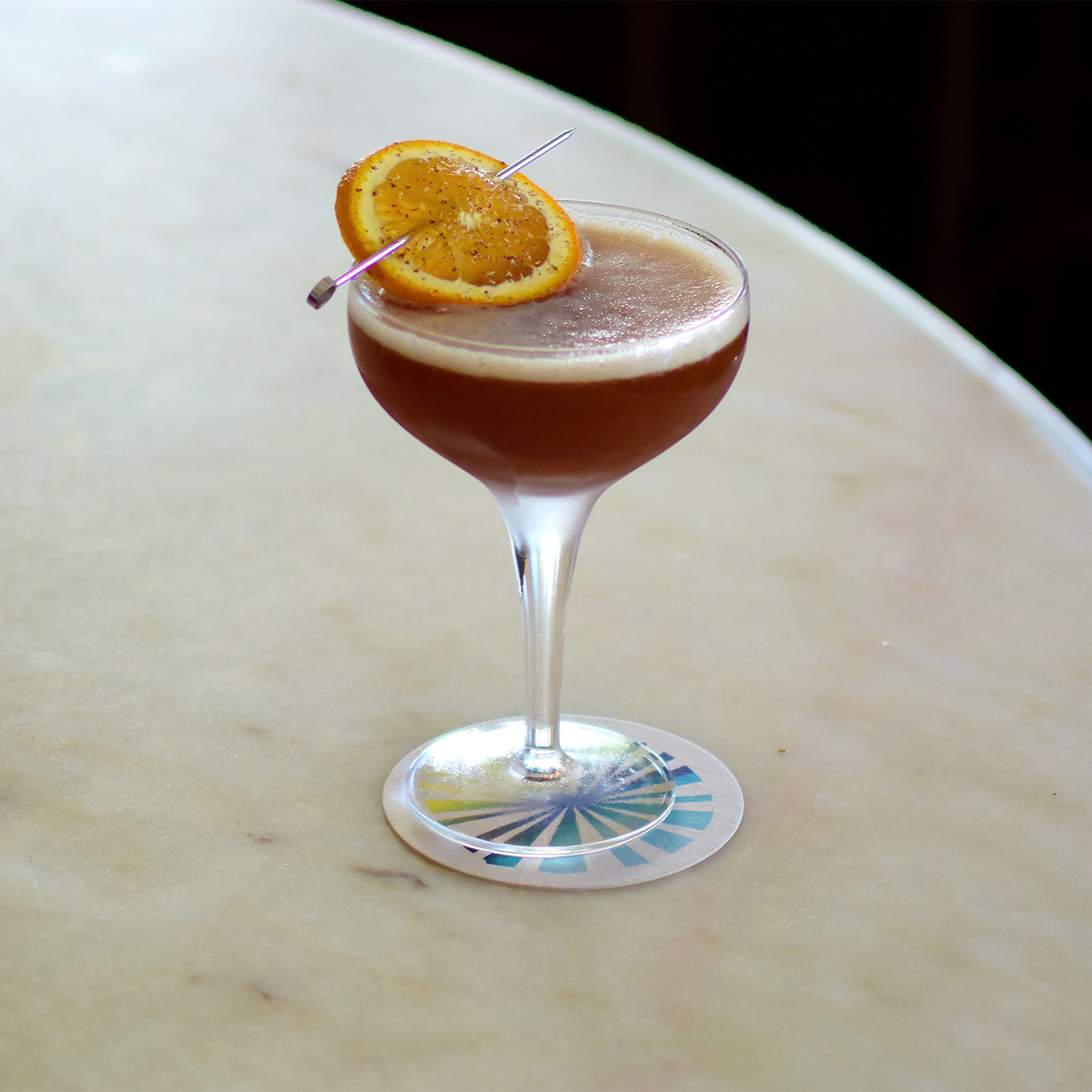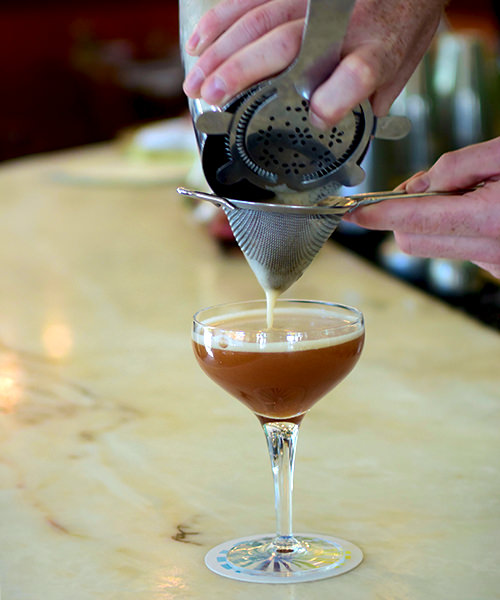The Negroni, that boozy red icon, has an entire week and scores of consumer products devoted to it. The Old Fashioned‘s association with “Mad Men” reportedly generated a 500 percent increase in American rye sales. However one Scotch-based drink, the Blood and Sand, remains an outlier to the classic cocktail revival.
Its history, like all cocktail histories, is muddled and hazy. The recipe first appeared in print in The Savoy Cocktail Book in 1930, and was (probably) named after the 1922 silent film “Blood and Sand.”
The classic cocktail is a mix of equal parts Scotch, sweet vermouth, cherry Heering, and fresh orange juice. It doesn’t sound like a natural combination of ingredients, yet somehow it works. It’s less Scotch-forward than the Rob Roy, arguably the best-known Scotch cocktail, and just as refreshing as a Penicillin.
Yet as the American cocktail renaissance came and went, the Blood and Sand was largely left behind.
“The Blood and Sand cocktail is something I symbolize with a certain set of drinkers: the cocktail enthusiasts or cocktail geeks,” Kenneth McCoy, the chief creative officer of the Public House Collective set of bars, tells me in an email. He adds that he feels it’s “a drink that comes and goes but never really has staying power,” except with older drinkers, or those in the beverage industry.
Since its heyday, the drink has had fits and starts of popularity among American drinkers. But it’s struggled to gain traction among everyday cocktail drinkers.
“I think that for a lot of people, they see Scotch as a category as very precious, that it’s for special occasions or aficionados,” Tonia Guffey a brand ambassador for Highland Park, says via email. That’s not the case, of course; there’s “finesse involved when you mix with Scotch, and great reward,” Guffey says.
The Scotch is exactly what makes the Blood and Sand interesting. If you go the more classic route of a smooth blended Scotch, you have something easy-drinking. Steph Ridgway, the brand education manager for International Beverage, prefers hers with a smoky, peaty Scotch to cut some of the sweetness.
“I think that once you lose the notion that Scotch is a spirit meant to only be sipped neat or in stirred drinks, that’s when the real fun starts,” Guffey says.
Sauvage, a restaurant and cocktail bar in Brooklyn, makes a Blood and Sand with a fresh 21st-century twist. Bartenders add a quarter ounce of fresh lemon to accentuate the orange juice, use a less sweet cherry liqueur, and add a dash of orange bitters and a couple drops of orange flower water. They shake it hard for 10 to 15 seconds, pour in a chilled coupe, and garnish with an orange slice dusted with nutmeg. It’s refreshing, clean, and almost too easy-drinking.
The Classic Blood and Sand Recipe
Classics are cool, but revamped classics are delicious. Adding brighter ingredients like Sauvage does is one way to make a Blood and Sand you’ll enjoy, while trying out different Scotch styles is another. Riff off the original recipe as a starting point and you’re bound to find joy.
Ingredients:
3/4 ounce Scotch
3/4 ounce Cherry heering
3/4 ounce sweet vermouth
3/4 ounce fresh, strained orange juice
Directions:
Combine all ingredients in a shaker over ice, shake. Strain into a chilled glass and garnish.

